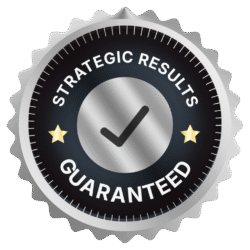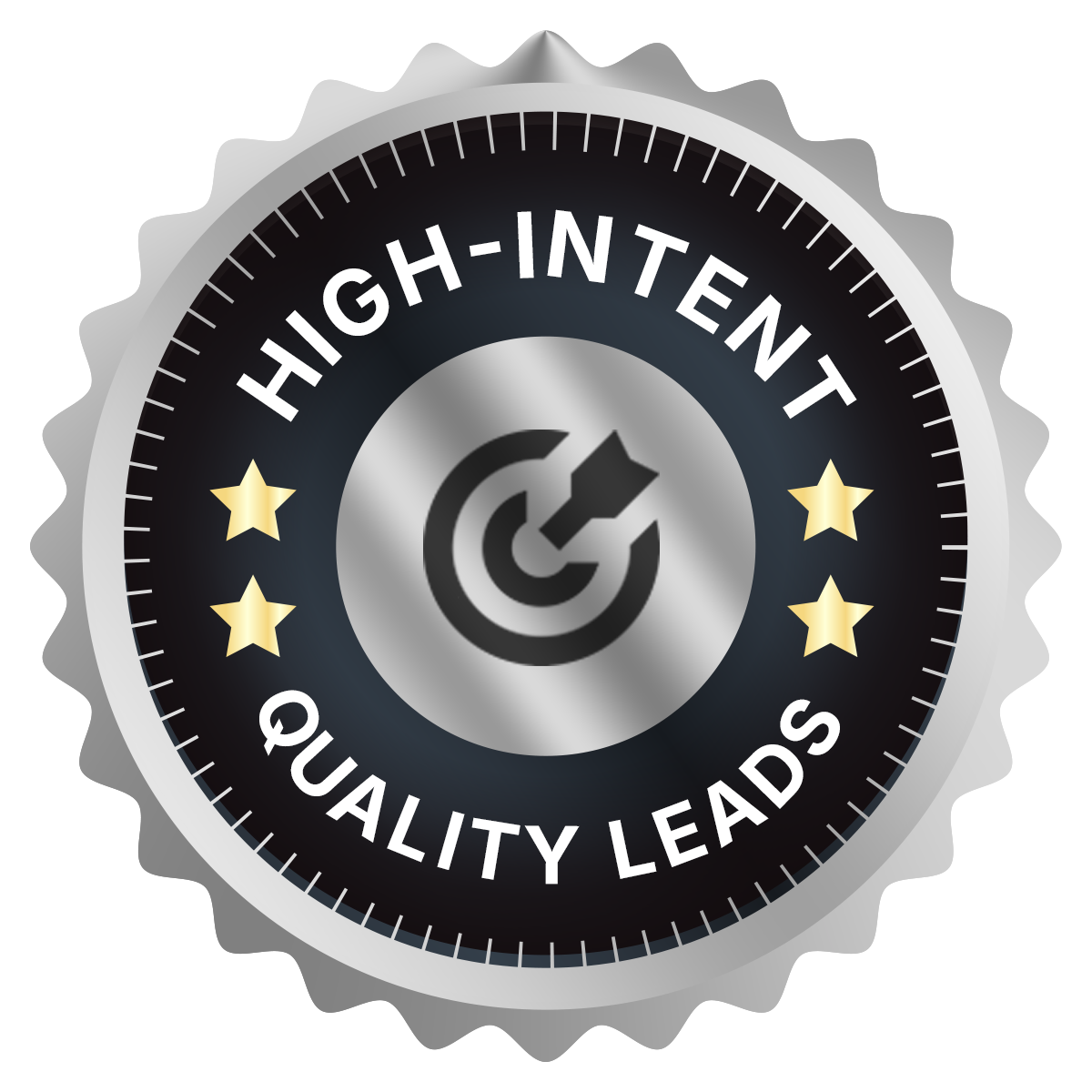Building a Lead System That Improves With Time
True lead-generation success isn’t measured by a one-time spike in inquiries; it’s defined by the ability to refine and enhance your system over months and years. A lead system that improves with time incorporates continuous feedback loops, iterative optimization, and a culture of learning—ensuring that each campaign builds on prior successes and evolves alongside market shifts. Below, we explore how to design a lead-generation engine that doesn’t merely run in place but advances toward ever-higher levels of efficiency and quality.
1. Continuous Feedback from Every Stage of the Funnel
A lead system becomes smarter when you collect and analyze feedback consistently. Key touchpoints include:
- Initial Campaign Performance: Evaluate metrics such as click-through rates (CTR), cost per lead (CPL), and lead volume. High CTRs with low CPLs indicate effective targeting and messaging; declining metrics signal the need for creative or audience adjustments.
- Lead Quality Insights: Once leads enter your sales pipeline, track conversion rates, average deal size, and time to close. Leads that convert quickly with high average values indicate strong qualification criteria. If certain segments underperform, revisit targeting parameters or messaging for clarity.
- Customer Feedback and Satisfaction: After a lead converts, gather post-purchase or post-service feedback—net promoter scores, satisfaction surveys, or simple one-on-one interviews. These insights reveal whether the lead-generation promises align with actual delivery, spotlighting areas for improvement.
By harvesting data from each stage—impressions to closed deals—you create a comprehensive view of system performance, enabling pinpointed enhancements.
2. Iterative Campaign Testing and Optimization
Rather than “set it and forget it,” a growing lead system uses iterative testing as its backbone:
- A/B Testing at Scale: Regularly test variations of headlines, ad copy, creative assets, and landing page layouts. Even small tweaks—adjusting a headline’s emotional trigger or moving a call-to-action (CTA) button—can significantly influence engagement. Establish a cadence (weekly or bi-weekly) for testing and allocate a fixed percentage of budget to experiments.
- Audience Refinement: As you accumulate performance data, identify audience segments that exhibit higher lead-to-sale ratios. Refine lookalike models based on converting customer profiles—demographics, browsing behavior, or previous purchase history—so subsequent campaigns target increasingly high-potential prospects.
- Channel Performance Rebalancing: Monitor the return on ad spend (ROAS) across channels—search, social, display, and remarketing. If a new platform or ad format (e.g., video ads) begins outperforming legacy channels, pivot budget accordingly while maintaining smaller test budgets for emerging opportunities.
Iterative optimization ensures your lead system adapts to real-time insights, rather than remaining tethered to outdated assumptions.
3. Leveraging Technology for Smarter Automation
A lead system that evolves relies on automated processes augmented by intelligent algorithms:
- Dynamic Lead Scoring: Implement machine-learning-based scoring models that adjust weightings based on outcome data—keywords, behaviors, or form responses that historically led to closed deals gain more influence in scoring. As your database grows, the model’s precision improves organically.
- Automated Nurture Sequencing: Use marketing automation platforms to adapt nurture sequences based on user behavior. For example, if a lead repeatedly engages with ROI-focused content, trigger a case-study email showcasing quantifiable results. If they download a pricing guide, escalate them to a consultative outreach from a sales rep.
- Real-Time Alerts for High-Potential Leads: Program immediate notifications for leads that hit specific high-intent triggers—time-sensitive keywords (“urgent,” “today”), high lead scores, or repeated site visits—so your team can engage while interest peaks.
Technology-driven automation not only streamlines workflows but also continuously incorporates new data points, making the system progressively smarter.
4. Building a Culture of Continuous Learning
A self-improving lead system thrives when teams embrace experimentation and knowledge-sharing:
- Regular Debriefs and Knowledge Exchanges: Schedule weekly or bi-weekly meetings where marketing, sales, and customer service teams share insights—emerging trends, common objections, or successful outreach scripts. These sessions break down silos and integrate customer-facing feedback into campaign strategies.
- Documentation of Best Practices: As you uncover winning tactics—whether a persuasive email template, a high-converting landing page layout, or a particularly effective ad headline—document them in a shared knowledge base. This repository informs future employees and maintains consistency as the team grows.
- Cross-Functional Training: Equip sales reps with basic analytics skills so they can interpret lead quality data and provide nuanced feedback. Train marketing teams on customer service challenges so messaging stays aligned with real-world pain points. This cross-pollination fosters empathy and equips each function to contribute to overall system improvement.
A learning-centric culture ensures that every lesson—success or failure—feeds back into the lead system, preventing stagnation.
5. Scaling Insights Into New Markets and Segments
As your lead system matures, it accumulates proprietary data—about keywords, buyer personas, messaging hooks, and channel efficacy. Use these insights to:
- Expand Into Adjacent Vertical or Geographic Markets: Apply lead qualifiers and messaging that performed well in your core market to similar segments elsewhere. For instance, if a “24-hour service” message resonated in one city, test it in comparable regions with similar demographics and local demand patterns.
- Develop Advanced Segmentation: Move beyond basic demographics by incorporating psychographic and firmographic variables—interests, purchase motivations, or company size. This deeper segmentation refines your targeting and uncovers high-value niche audiences.
- Refine Product or Service Offerings: If certain service packages generate a disproportionate amount of high-quality leads—perhaps a premium tier or specific add-on—consider focusing more resources on promoting and expanding those offerings.
By scaling insights thoughtfully, you maintain the system’s agility and ensure each expansion is rooted in proven success drivers.
6. Measuring Long-Term Impact and ROI
A lead system that improves over time tracks progress beyond immediate conversion metrics:
- Customer Lifetime Value (CLV) Trends: Monitor how CLV evolves as you refine targeting and nurture practices. Ideally, a maturing system attracts higher-LTV customers, reflecting better alignment between acquisition and actual business value.
- Sales Cycle Acceleration: Measure whether the time between initial inquiry and closed deal shrinks as your qualification criteria and outreach strategies improve. Faster cycles indicate more accurate lead scoring and more effective nurturing.
- Retention and Referral Rates: High retention and referral rates suggest that leads generated by the system aren’t just one-time buyers but become loyal advocates. Track these metrics to evaluate how well the lead system prioritizes customer satisfaction over short-term volume.
- Attribution Modeling Evolutions: Shift from last-click or first-click attribution to multi-touch models that capture the nuanced impact of each touchpoint—organic content, paid ads, email nurture, and direct sales outreach. This holistic view validates incremental improvements and justifies resource allocation.
When you broaden measurement beyond immediate sales, you validate that the lead system’s enhancements yield sustainable business growth.
Final Thoughts
The hallmark of a truly premium lead system is its ability to learn, adapt, and improve over time. By embedding continuous feedback loops, embracing iterative testing, leveraging intelligent automation, nurturing a culture of learning, and scaling insights strategically, you transform lead generation from a static function into a dynamic growth engine. As precise as your initial campaigns may be, the real magic lies in evolving every component—targeting, messaging, outreach, and nurture—into a finely tuned machine that delivers progressively better results.
Commit to this mindset of continuous improvement, and your lead system will not only generate leads today but will also anticipate and meet tomorrow’s opportunities—fueling sustainable growth for years to come.









